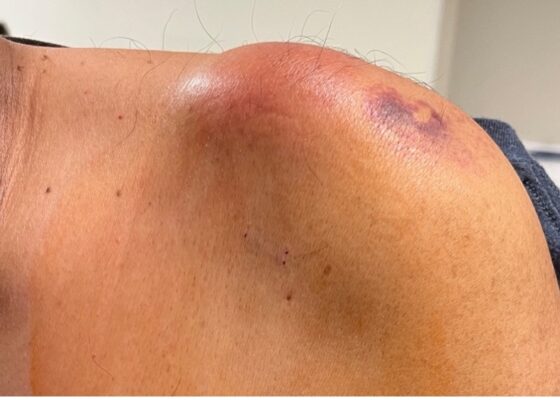Issue 9:1
A Novel Leadership Curriculum for Emergency Medicine Residents
DOI: https://doi.org/10.21980/J81D2SThe goals of this curriculum are to expose Emergency Medicine residents to the basics of leadership, to provide a graduated series of interactive, psychologically safe environments to explore individual leadership styles, to review interesting relevant literature, and to discuss leadership principles and experiences with senior leaders in our Emergency Department.
What You Didn’t Learn in Residency: A Collective Curriculum for New Academic EM Faculty and Fellows
DOI: https://doi.org/10.21980/J8WP9ZThe aim of this curriculum is to develop relevant skills to promote academic success for fellows and first-year faculty at the start of their academic career and which could be completed during a one-year training timeline. We included topics relevant to all fellow and new faculty’s expected personal and professional journey during this first year, including time management, academic productivity, resilience/wellness, and developing a national reputation.
E-FAST Ultrasound Training Curriculum for Prehospital Emergency Medical Service (EMS) Clinicians
DOI: https://doi.org/10.21980/J8S060By the end of these training activities, prehospital EMS learners will be able to demonstrate foundational ultrasound skills in scanning, interpretation, and artifact recognition by identifying pertinent organs and anatomically relevant structures for an E-FAST examination. Learners will differentiate between normal and pathologic E-FAST ultrasound images by identifying the presence of free fluid and lung sliding. Learners will also explain the clinical significance and application of detecting free fluid during an E-FAST scan.
A Guide to the Medical School Curriculum Vitae
DOI: https://doi.org/10.21980/J8HH1SAfter this lecture, learners should be able to: 1) elaborate on the significance of a CV for medical students and discuss its purpose, 2) outline the elements that should and should not be included on a CV, 3) integrate knowledge gleaned from basic principles with provided examples to establish the foundation of their own CV.
An Appy That Needs Epi: An Atypical Presentation of Anaphylaxis
DOI: https://doi.org/10.21980/J80H14At the conclusion of the simulation, learners will be able to: 1) demonstrate ability to efficiently review patient records to optimize patient care and identify relevant details to current presentation, 2) rapidly assess a patient when there is a change in clinical status, 3) recognize the need to start resuscitative fluids for undifferentiated hypotension, 4) identify anaphylaxis, 5) demonstrate the medical management of anaphylaxis, 6) utilize the I-PASS framework to communicate with the inpatient team during the transition of care.
The Clue is in the Eyes. A Case Report of Internuclear Ophthalmoplegia
DOI: https://doi.org/10.21980/J8DP9MThere was no appreciable esotropia or exotropia noted on straight gaze (yellow arrows). On extraocular muscle examination, patient was noted to have a complete left medial rectus palsy consistent with a left internuclear ophthalmoplegia (red arrow). This was evidence by both eyes easily gazing left (green arrows); however, with rightward gaze, her left eye failed to gaze past midline (red arrow).
Septic Arthritis of the Acromioclavicular Joint: A Case Report
DOI: https://doi.org/10.21980/J8VP9NMagnetic resonance imaging (MRI) with contrast was obtained of the shoulder and ankle, and results from both scans showed findings consistent with septic arthritis complicated by intraarticular abscesses. The MRI of the patient’s left acromioclavicular joint is shown as both a T1-weighted sequence in sagittal view and T2-weighted sequence in coronal view. The images show effusion (the dark fluid denoted by the red arrow) with an adjacent fluid collection (blue arrow). A T2-weighted MRI in coronal view of the patient’s right ankle showing multiple effusions (green arrows) and a fluid collection along the medial tibial cortex and subcutaneous tissues (yellow arrow).
1›
Page 1 of 2


